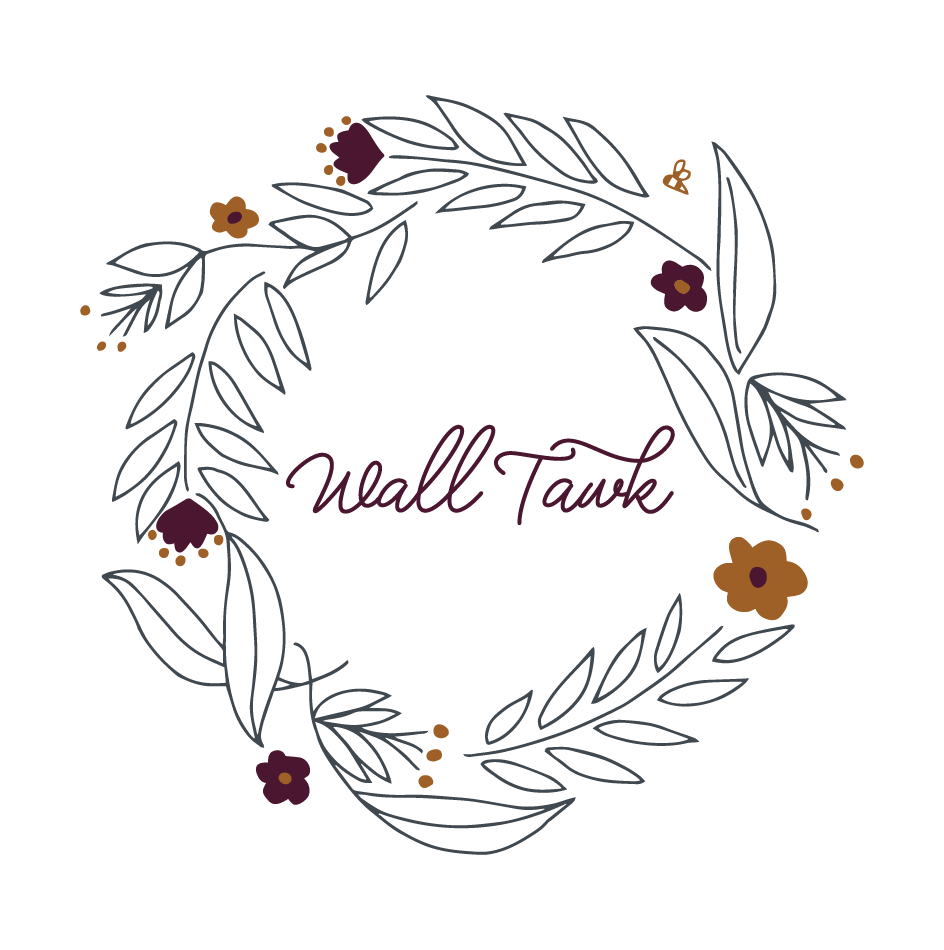
The seder is held on the first
two nights of Passover, which begins at sundown on the 14th day of Nisan, the
7th month of the lunar calendar. (This corresponds to March or April on the
Gregorian calendar.) It marks the time when Jewish people around the world commemorate
the emancipation of the ancient Hebrews from the bondages of slavery in Egypt,
several thousand years ago. The Jewish people left Egypt in such a hurry (and I
would too if I were being chased by Pharaoh’s army!), that they didn't have
time to let their bread rise. And so, modern-day Jews shun bread and all
leavened products for 8 days.
Growing up my parents would host seder
in our home. Our friends relatives would come over for a reading of the Hagaddah
and partake in the ensuing festive meal. Every Passover I would look forward to
my father's famous Matzo Brei and Potato Bilkelach and my mother
would make matzo meal muffins and "rolls" which I thought were the
greatest!
Passover memories are some of my
fondest from childhood, and today I continue to embrace religious rituals that
revolve around family, culture and food. The seder tradition is
something I’m passing down to my own children and this year I hope my youngest
will be able to make it through all of the four questions!
To mark the exodus from Egypt I’m
trying out a new version of the seder staple, Charoset.
Charoset, which comes from the Hebrew word charas meaning clay,
is brick-like in color and symbolizes the mud (brick
and mortar) used by the ancient Hebrews to build their adobe huts.
Traditionally we serve our Ashkenazi* charoset in a small bowl and
spread it over our matzah, but these Sephardic** charoset truffles
are different in both color and texture from the recipe of my childhood.
Unlike the standard Ashkenazi charoset
which has apples, wine, and walnuts, these truffles incorporate ingredients
often associated with Moroccan/North African cooking. It contains dates, dried
apricots, shelled pistachios, golden raisins and honey, which are all blended
together to form a paste. They are then rolled in the palms of your hand, and
once they are ball-like in shape, they are dusted in cinnamon and sugar.
And if the delicious taste weren’t
enough, you can easily make these truffles with your children too!
Enjoy and Happy Passover!
* Jewish people with German, Central
and Eastern European roots.
** Jewish people with Iberian
Peninsula roots (Spain and Portugal) who, after the Inquisition of 1492,
generally settled in the North African countries of Morocco and Algeria (some
also fled to France and other parts of Europe).
The menu:
Sephardic
(Moroccan) Charoset Truffles,
dates,
dried apricots, shelled pistachios, golden raisins + honey,
recipe
(below) courtesy of The Shiksa Blog.
Saffron
Matzo Ball Soup,
recipe
from The Shiksa Blog.
Turkish
Leek Patties (Keftes de Prassa)
a
traditional Turkish Passover dish,
recipe
from Olive Trees
& Honey.
Moroccan
Mashed Potato Casserole,
a
popular Moroccan Passover dish in the Sephardic community,
recipe
from Olive Trees
& Honey.
Roasted
Caramelized Carrots,
recipe
from Passover By
Design, Susie Fishbein
Chocolate
Covered Matzo Toffee with Sea Salt,
recipe from the Sassy Radish
and Smitten Kitchen.



Ingredients
1 1/2 cups pitted dates
1 1/2 cups dried apricots
1/2 cup golden raisins
3/4 cup shelled pistachios
2 tbsp honey
1/4 cup sugar
1 tsp cinnamon
You Will Also Need: Food processor
Preparation
Place dates, apricots, raisins, pistachios and honey and place in a food processor.
Pulse for about 2 minutes until the mixture is smooth but still has texture. You may need to break up the sticky mixture a few times if it collects in a ball in the processor.
In a bowl, mix together the sugar and the cinnamon. Form date mixture into balls that are about ¾ inch in diameter. The balls will be sticky and soft. It will be easier to shape them if you wet your hands slightly.
Dry your hands.
Dip the balls in the cinnamon sugar and coat thoroughly, and re-roll between your palms to smooth out any rough edges.
Serve at room temperature.
Place dates, apricots, raisins, pistachios and honey and place in a food processor.
Pulse for about 2 minutes until the mixture is smooth but still has texture. You may need to break up the sticky mixture a few times if it collects in a ball in the processor.
In a bowl, mix together the sugar and the cinnamon. Form date mixture into balls that are about ¾ inch in diameter. The balls will be sticky and soft. It will be easier to shape them if you wet your hands slightly.
Dry your hands.
Dip the balls in the cinnamon sugar and coat thoroughly, and re-roll between your palms to smooth out any rough edges.
Serve at room temperature.



















